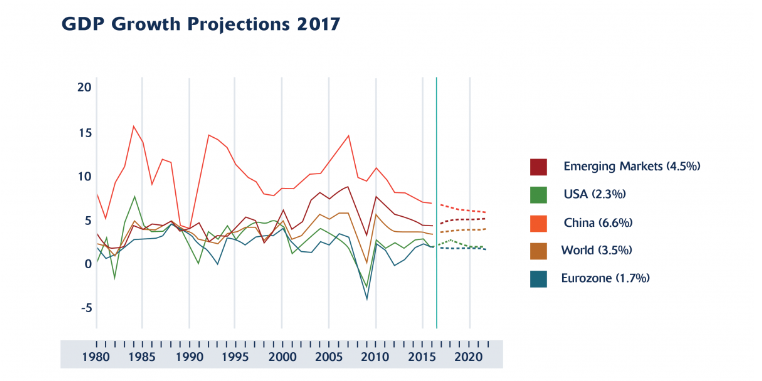What the TFI?
In the build up to the end of the tax year, the word ‘tax-free’ starts to attract attention. You may even hear the words ‘Tax-free investment’ strung together and think ‘Heck yes, where can I get one?’ or you may even have one but be thinking ‘What the TFI?’. Well, to clear up some confusion, tax-free investments (TFI) were introduced by the national treasury in March 2015 in an effort to encourage South Africans to save. That said, not many South Africans understand the benefits and restrictions of their TFI investments. In this blog, you will get the 411 on your TFI, its benefits and the fine print you should read twice before moving your money.
What is a TFI?
Tax-free investments, or tax-free savings accounts, refer to savings instruments where the capital growth and the return on the investment are not taxable. However, this does not mean that the growth is tax deductible like contributing to your retirement annuity (RA). These savings instruments can take the form of a cash investment (think fixed deposit or notice account), unit trusts, equities, or a portfolio that is a combination of these instruments. However, while growth in these accounts is not taxed, there are certain limits regarding TFIs which we unpack below.
Annual and lifetime restrictions
TFIs are available to all South African citizens regardless of age or income-level.
However, there is an annual contribution limit of R33 000 and a lifetime contribution limit of R500 000 per individual.
What this means is that you are restricted to a limit of R33 000 per year despite depositing into more than one TFI. For example, if you have two TFI products and deposit R30 000 into one, and R4 000 into the other, then you have exceeded the annual limit despite it being more than one product.
It is also your responsibility to keep track of your cumulative contributions for the year.
If you exceed the annual limit, you will be liable for 40% tax on the amount you added above the limit. So to carry on with the above example you will pay a 40% penalty on the extra R4 000 you invested.
Allowance does not roll over
So now you might be asking, “Hang on, if I don’t reach my R33 000 limit this year, can I add the difference the following tax year?”. Unfortunately, the answer is no. Annual contributions that are not utilised in one tax year cannot be rolled over to the following tax year and the maximum contribution limit (R33 000) remains the same. This is why it is so important that you maximise your contributions each tax year.
Withdrawals cannot be reinvested
TFIs are not limited in terms of withdrawals and you can access your money when needed unlike the money you put into your RA. Be aware, though, that some service providers may have certain limitations that apply to these accounts. In terms of withdrawals, a TFI works similarly to a one way valve or a tube of squeezed toothpaste. If you have put the maximum R33 000 into your TFI , and then take out R10 000 in the same tax year, you cannot put the R10 000 back without being penalised because you have already exceed the annual R33 000 limit.
Switching between products is considered a new contribution
When selecting your TFI products, you should carefully consider their appropriateness as switching between TFI products is currently not possible without it being viewed as a new contribution. For example, you have R10 000 invested in TFI product A from prior years, and you would like to switch to TFI product B offering higher returns. This process of switching will be treated as a disinvestment and reinvestment. In other words, your annual contribution for the current year will be reduced by R10 000 (to R23 000) even though it was invested in a TFI before.
TFIs and your age
It stands that the younger you are, the more benefit you will derive from a TFI because of the lifetime contribution limit. An individual who reaches their lifetime contribution limit of R500 000 at age 25 has many more years over which their investment can grow than an individual who does so much later in life. A high value TFI will also benefit you in your retirement due to its greater flexibility whereas an RA comes with withdrawal restrictions and annuity taxation. However, RA has the added benefit of no lifetime contribution limit, so a mix of both a TFI and an RA in your investment portfolio could be useful.
TFIs and your income level
While the word ‘tax-free’ seems to benencial in itself, TFIs actually provide very little benefit to those individuals (under 65) whose total income falls below the tax threshold, currently at R75 750. In other words, if you are not already paying tax on your investments, or are not investing long term, a TFI may not provide significant tax benefits.
So, are TFIs worth it?
That depends. We know, we know. This is not the clear cut answer you wanted to hear. However, TFIs do pose particularly interesting benefits for high-income earning young South Africans, who are already making a substantial contribution to their RA. Even then, it also useful to be informed about your investment products. If you are considering making any changes to your TFI, it is recommended that you discuss these considerations with your financial advisor by getting in touch here.






























